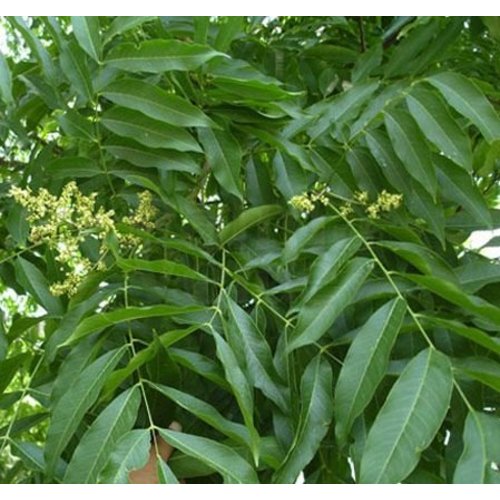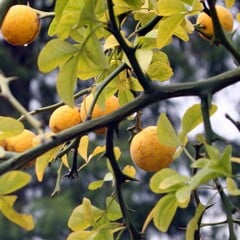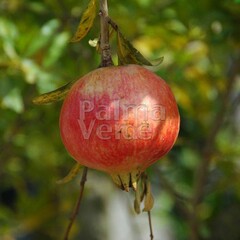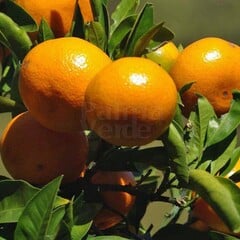Sapindus mukorossi (wax nut tree, soap tree, soap nut, wax nut) is family of the Sapindaceae. This tree, originating in the Himalayan (Nepal), grows to a height of 1000 meters and is a very special species.
There the plant is also used to prevent deforestation, in addition to its soap properties.
The leaf of this tree can grow to 20 to 50 cm and the trunk of young plants has a light gray color, older plants change color to dark gray.
The Sapindus mukorossi has been used for centuries for its nuts. First in April the white flowers appear and this bloom lasts until May. After this, the plant starts to produce fruit that is ripe at the end of September. Then the nuts have a gold / yellow color and are slightly sticky.
You can now pick the nuts and let them dry, the notes turn brown.
The laundry nuts are now ready for use and can for example be packed in a cotton bag and added to the laundry.
The nutshell contains an important substance called saponin and is a very powerful detergent. The wax note is also a great tool for washing your hands. The glycosides released during washing have a very powerful cleaning effect.
During the washing there is also real foam.
The plant likes to have a fair amount of water in the summer and also works fine on clay soil. However, this Sapindus mukorossi is moderately hardy and should be protected in the ground.
Furthermore, the Sapindus mukorossi drought is tolerant.
The nut-nut tree is also good as a tub plant and if it grows too large it can be well pruned.
She is slowly growing. In its natural habitat the plant is evergreen.
Fertilization of the plant in the ground is almost not necessary, because the Sapindus mukorossi drops its nuts, enriching the soil and the scales. This plant also has the property of purifying contaminated soil.
Furthermore, the infusion of the wax nut (by cooking it) can be used very effectively against aphids on your plants!
Winter hardiness zone 9a (-6ºC).















